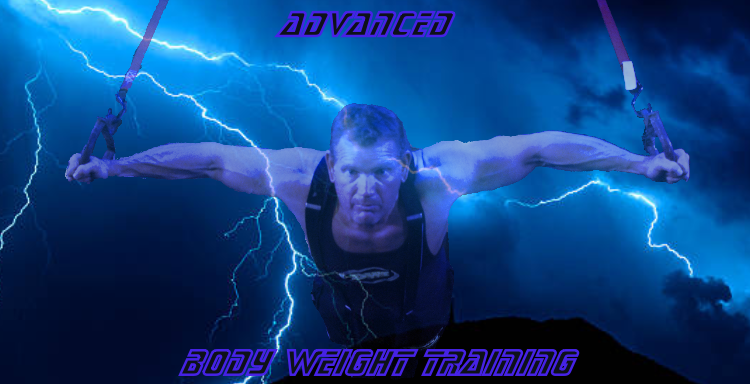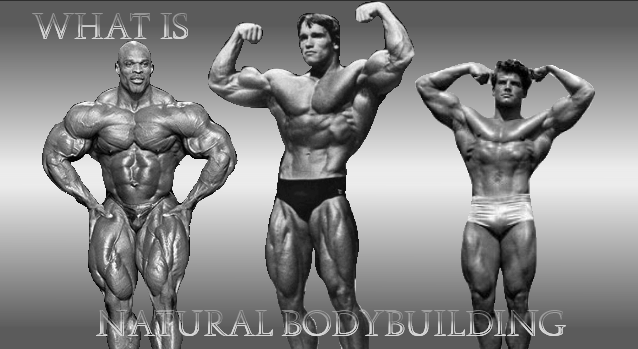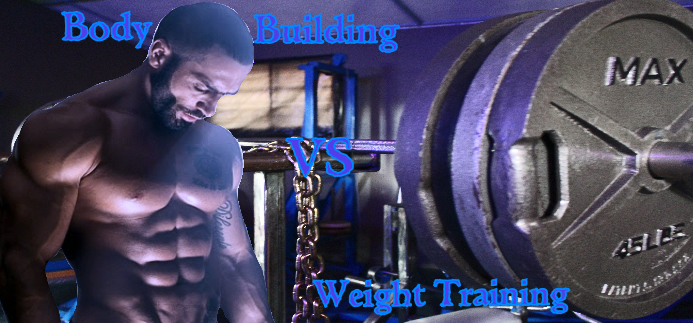What Is Weight Training?
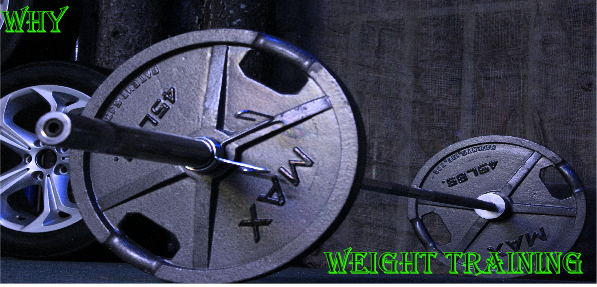
What is weight training?
From its history to present day, the expression of weight training is to increase Muscle size, Strength and overall athletic endurance. Unifying the entire body’s ability to coordinate new increases in strength builds both mental and physical self-confidence and discipline.
To the untrained eye the effort and exercises performed in weight training maybe something that's left somewhere on the bench press or gym floor when you leave. Nothing could be further from this truth!
You take your body and its experience everywhere you go. No other physical training will match or produce the results like that of weight training
When you’re stronger, life is simpler!

So, what is weight training? Well...
Weight training can be broken down into 3 different categories of using resistance to increase strength, muscularity even endurance.
1 Free weight training: this is the use of plate–weight stacked onto a long two-handed (barbell), or it's shorter cousin the (dumbbell), all to produce resistance. This form of exercise is AKA. (anaerobic), hypertrophy-based contraction training.
2 Weight machines: are designed to do one thing: make a particular group of muscles work and contract in a specific way, by also adding an element of safety and typically range from bearing-slider systems to pulley/cables etc. .
3 Body-weight training: body weight exercises can range from sit-ups, pull-ups and push-ups at the beginner level, as skill in exercises increase, so will the challenge and complexity as harder exercises become challenged; especially where external resistance is used.
Free weight exercises generally are broken down into two groups, e.g., (compound based exercises): these are the primary building blocks of weight training exercises.
These focus on the bench press, bent over row, squat, dead lift and military press, etc., are (multi-joint exercises).
Meaning: several muscle groups assist in the exercise. Free weight compound exercises, are designed to strengthen the body, by increasing muscle size, coordination and tendon strength.
The second group of exercises are: (Isolation): with free weights or machine exercises, the emphasis is to isolate one specific muscle or area to make it respond or strengthen in comparison to other body parts.
Isolation exercises; have to be performed in strict fashion, these groups of exercises are very specific. The primary effort towards these is to shape, define and peak, by adding a deeper look to the specific muscle group.
To understand what is weight training and its tools, is to make strong mental and physical effort to control and coordinate your body’s energy against external resistance.
What is weight training?
It's using a full range of motion with good lifting form on each repetition you perform, with enough resistance to produce a full stretch and contraction for each rep of each exercise you perform...
it sounds easy when it rolls off the tongue, but as resistance is increased it becomes anything but. Challenging oneself with resistance is one of the ultimate confidence builders against the universes greatest force... gravity.
What is weight training - and how does it relate to the 4 cycles of the workout as it progresses?
- The First cycle: making a disciplined effort to get oneself to the gym: then comes the start-up or warm-up phase of the body; this is where the ice gets broken off the day as heart and body temperature increase, this begins the kick-start to the early motivational phase of the workout.
- Second cycle: as muscle fiber becomes stimulated, blood disperses warmth, oxygen and nutrition, the senses become heightened and inspired, training stimulation begins to pump motivation everywhere.
- The Third cycle: highly oxygenated blood with the release of endorphins takes the pump to a climactic sense of euphoria, (arguably the best part of the workout).
- The fourth and final cycle: is the winding down phase, where muscular strength, dehydration, electrolyte levels and other minerals have become depleted: endurance levels have run their course. The pump, glycogen and contraction levels are also at their lowest. The pay-off: is followed by a strong sense of contentment and accomplishment to the days end.
Bringing Order And Understanding To Your Training
All exercises you choose for the different body parts that you train are generally performed in groups; these different groups have names...
The first group is: repetitions or reps, the effort of raising and lowering/pushing or pulling resistance from top to bottom or visa-versa, is referred to as 'reps'.
Once you’ve completed 10 or 12 repetitions, this exercise group of reps is called a Set. E.g., if you've completed 10 repetitions and three sets, this would be a total of 30 repetitions completed in three sets.

Weight lifters/trainers, bodybuilders and Olympic athletes from all walks of life generally train in
this manner, this brings order and simplicity to the training.
As the workout continues and the body begins to tire, it then becomes easier for the athlete to keep track of his or her exercise Sets and Reps.
Understanding what is weight training; for the most part is simple: the movements of the exercises are not complicated to perform.
Adding resistance and keeping your form strict as time goes on, is a little easier said than done. As the mechanics of these exercises are learned and perfected the learning curve becomes smaller.
Beginners should be taught to be strict with training movements while building strength, control and confidence into the training movements.
The accumulation of exercise experience = the basis of your training. This is an ongoing effort of striving towards the challenge of increasing discipline and physical strength often defines each weight lifter differently .
As you begin to enter the intermediate-level of weight training; having accumulated at least 6 to 8 months of consistent training under your lifting belt, often stands for the accumulated effort of the training that graduates you to the next level...
There is not however; a graduation ceremony or discernible line you cross at this point, it's just accumulated experience and each athlete will differ in he/she's goals and natural ability.
Understanding
Your Body & Its Mechanics
Compound exercises are the most strongly encouraged, especially for beginners and intermediates, these exercises generally focus on two or three assisting muscle groups at the same time.
As each athlete advances in their lifting skill, progressiveness becomes key in lifting advancement in his or her lifts. Meaning: adding resistance or plate weight to your exercises.
Newbies are encouraged to divide anatomy into three groups; Upper, Core and Lower.
The upper: being the trunk, arms, chest, and back etc., is classed as the mechanical part of the physique.
Because of it's many articulating body parts, focused effort from different training angles becomes paramount for new lifters, keeping the focus on increasing strength.
As the weight lifter advances more detail and focused attention can be given to perfect the upper body’s different muscle groups; if increase in cosmetics is the desired goal.
The core: this is the center of gravity on the physique. If this area is not also strengthened and conditioned, it is more difficult to make new links in body strength, muscle size and coordination.
Often beginners/intermediates miss the importance of this area, the core or abdominal region takes up the abdominal's, 'obliques/serratus' including the muscles of the lower back.
Your body's core is the single link between upper and lower, keeping this area strong and conditioned is all important to unify both the upper and lower body's strength curve... failure to condition the core, can leave this area prone to(injuries).
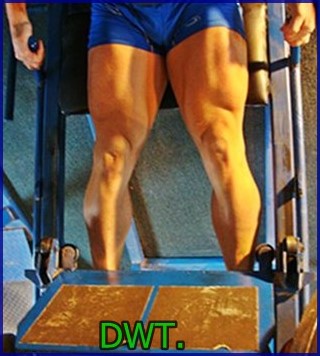
The lower: half of the body meaning; the legs, are made up of the quadriceps, hamstrings and calves, etc. this is the bodies soul-mode of transportation.
This part of the physique is already naturally strong in most and needs to be trained uniquely from that of the upper body.
Defining what is weight training and the legs, weight and machine based training has to be pursued and focused on differently, from that of upper body training.
Beginners and early intermediates sometimes struggle with the awkwardness of leg training, most: have only walked, ran or played sports to involve the legs physically.
Because; lower body leg strength is greater; so must become the increase in resistance to stimulate the big muscles of the quadriceps calves and hamstrings.
beginners should always take the time to warm-up: focus on the movement of each exercise, give the body time to become conditioned, direct your leg training to what you want to achieve: then focus on the exercises that will give you those results.
What Is Weight Training - Steps to Your Success
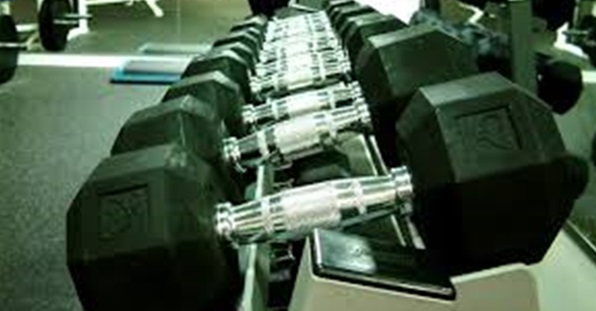
To answer: what is weight training, your success will more than likely depend on 5 things; these will contribute greatly to your training success.
- 1st: assuming that your fitness level is good enough to weight-lift. The greatest motivational force you can probably implement here is: find a goal, something that inspires, fall in love with it, and keep it close.
- 2nd: a proper weight training program or lifting schedule that will help produce the results you’re after for your lifting level with the intensity that you feel you need to achieve the results you want.
- 3rd: maintain a solid diet that matches your nutritional needs, to fuel your body
through your workouts, proper soil to a tree, is what
good
nutrition is for us to grow.
- 4th: this one often gets overlooked sadly by many, is the proper amount of rest. Muscles cannot and will not grow much... unless they get rest; preferably 7 to 8 hours of sleep for most of us at the age of an adult. You need this time of recuperation from weight training to allow the body to repair, renew and rejuvenate tissue damage.
- 5th: and equally as important as everything listed above, make an effort to make your training fun! And always check with your family physician to get a professional opinion before starting any new exercise program.
In summary...
The "Weights" are merely tools that athletes use to produce physical results.The mental aspect has to be worked on as well; this is where being consistent and setting realistic goals and achieving them builds discipline, this continued effort is termed as: "Training" ...
So you now have 'Weight Training' In its entirety.
I encourage you, even strongly; to at least give this lifestyle a try. Anytime you get better and stronger at something, life's obstacles become easier.
Weight training can change your life positively, if you let it! if you use your creativity and imagination, you will see changes that you never thought possible in your physique and life's out-look. I hope here, you have found an answer to:What is weight training!
DWT




